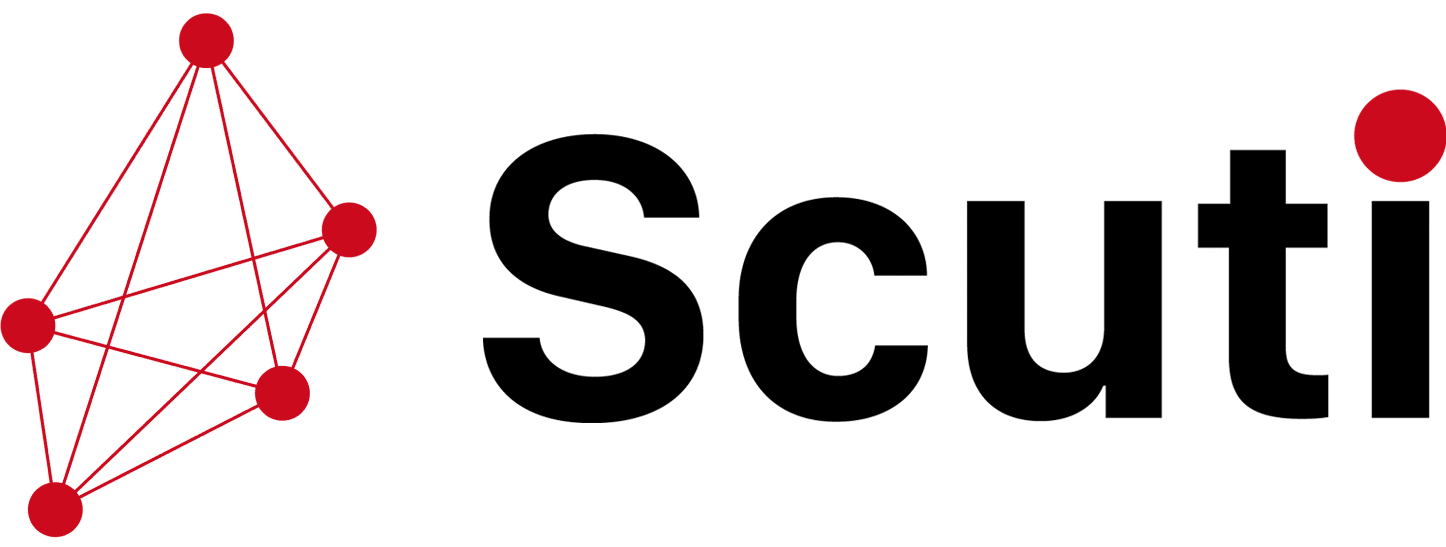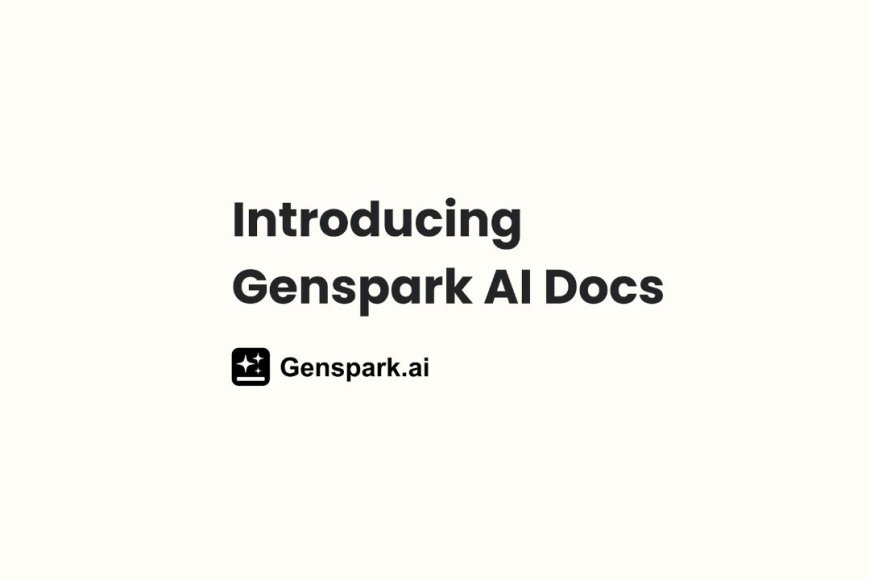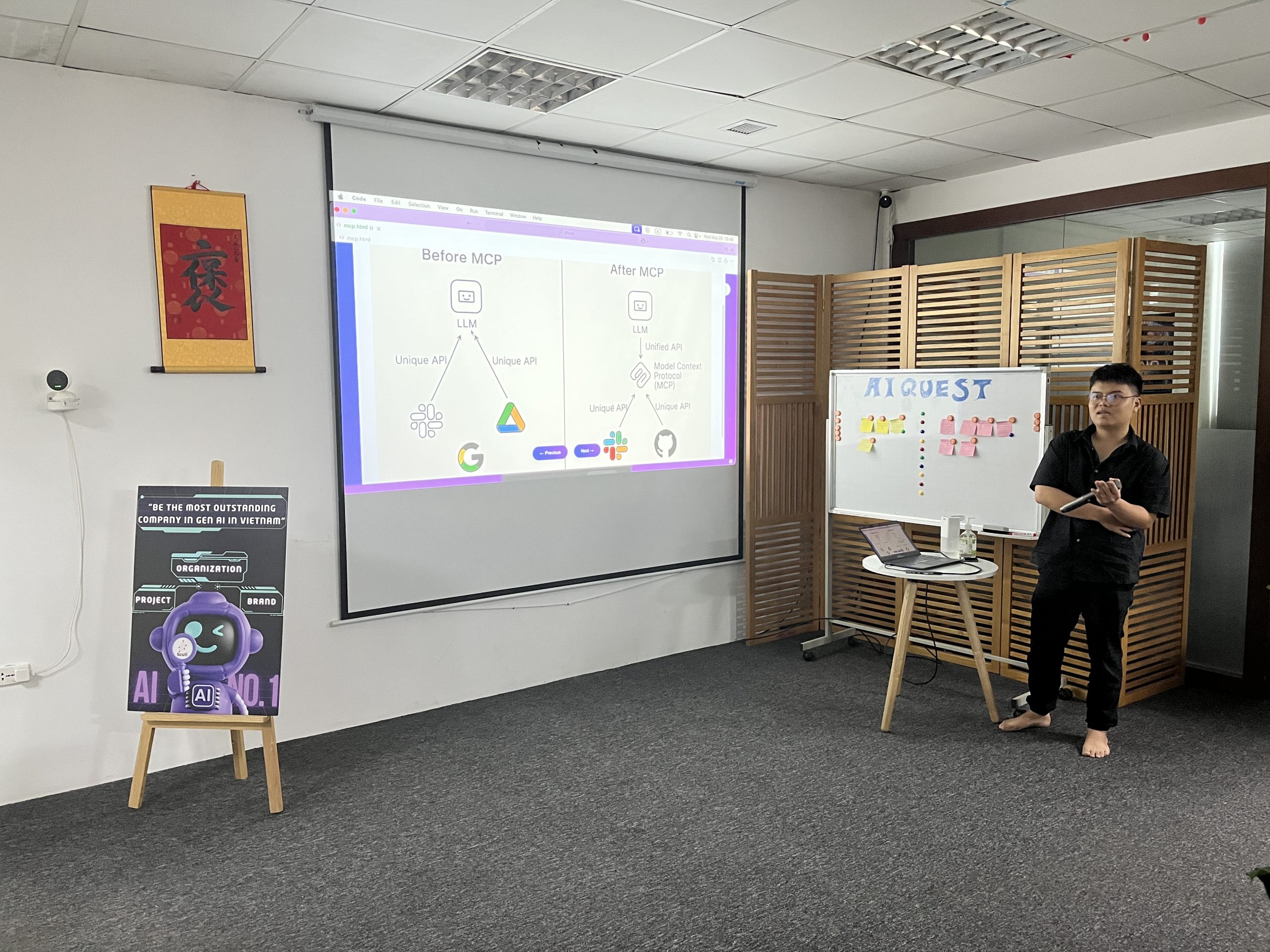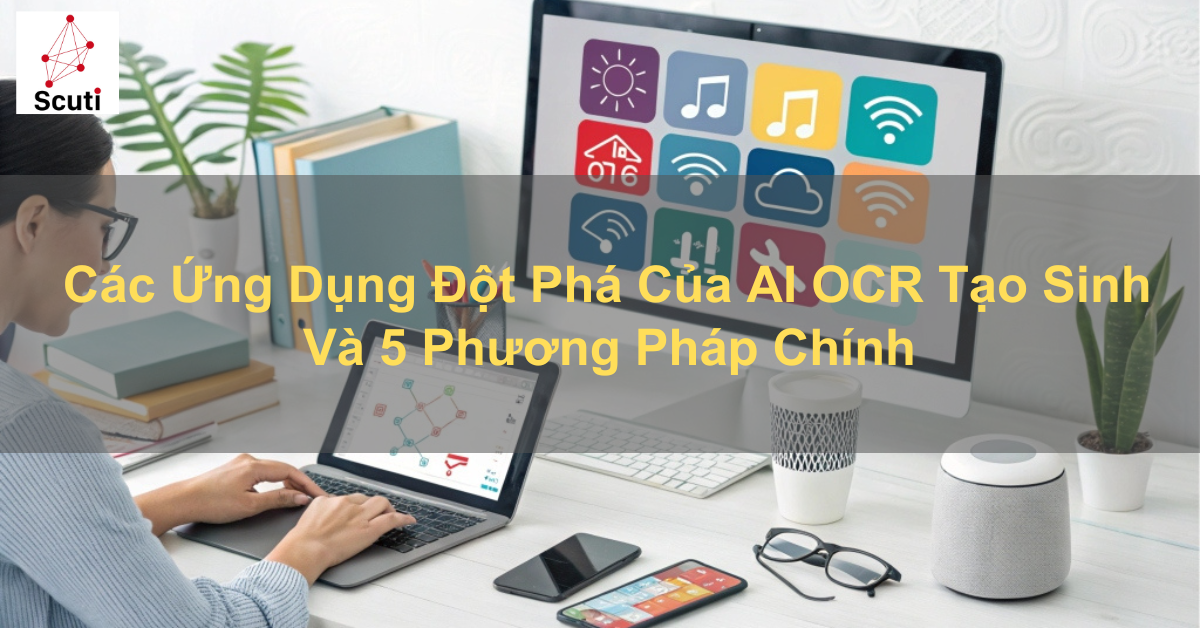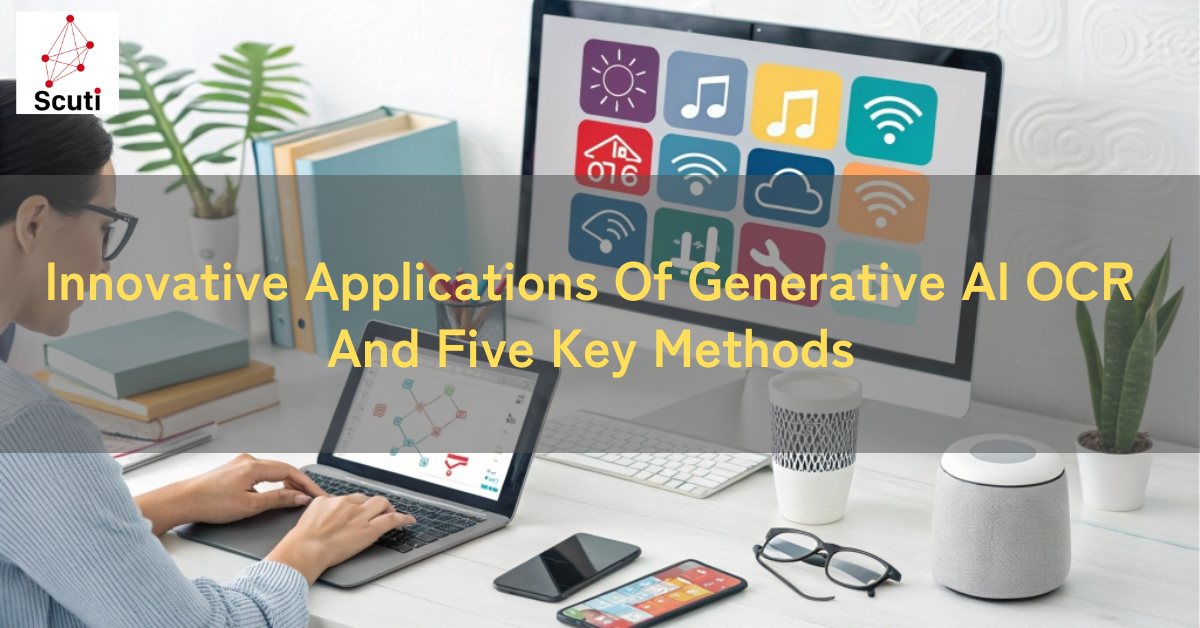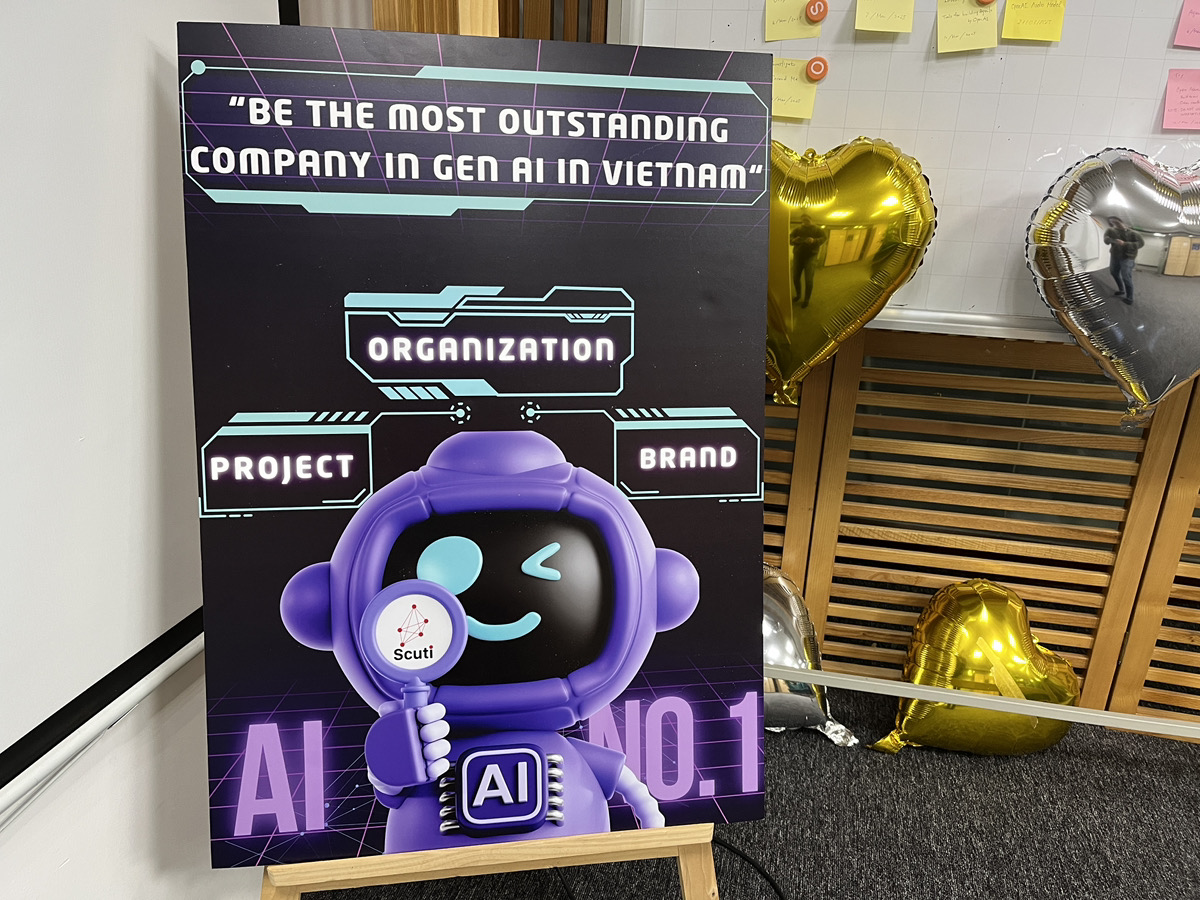Hello, I am Kakeya, the representative of Scuti. Our company specializes in services such as Offshore Development And Lab-type Development in Vietnam, as well as Generative AI Consulting....
We make services people love by the power of Gen AI.
